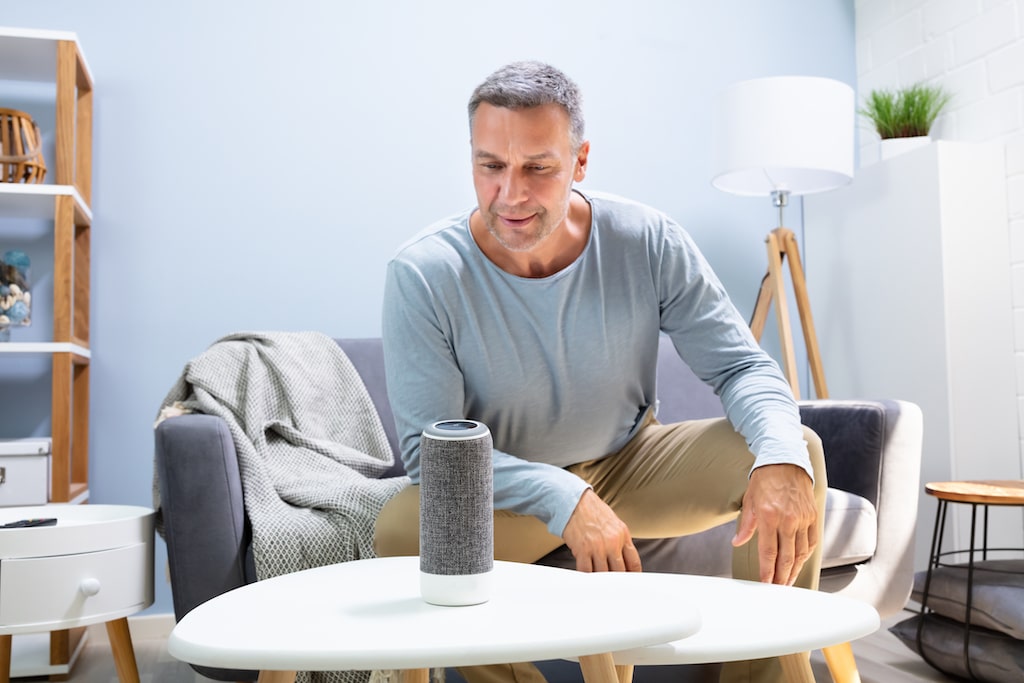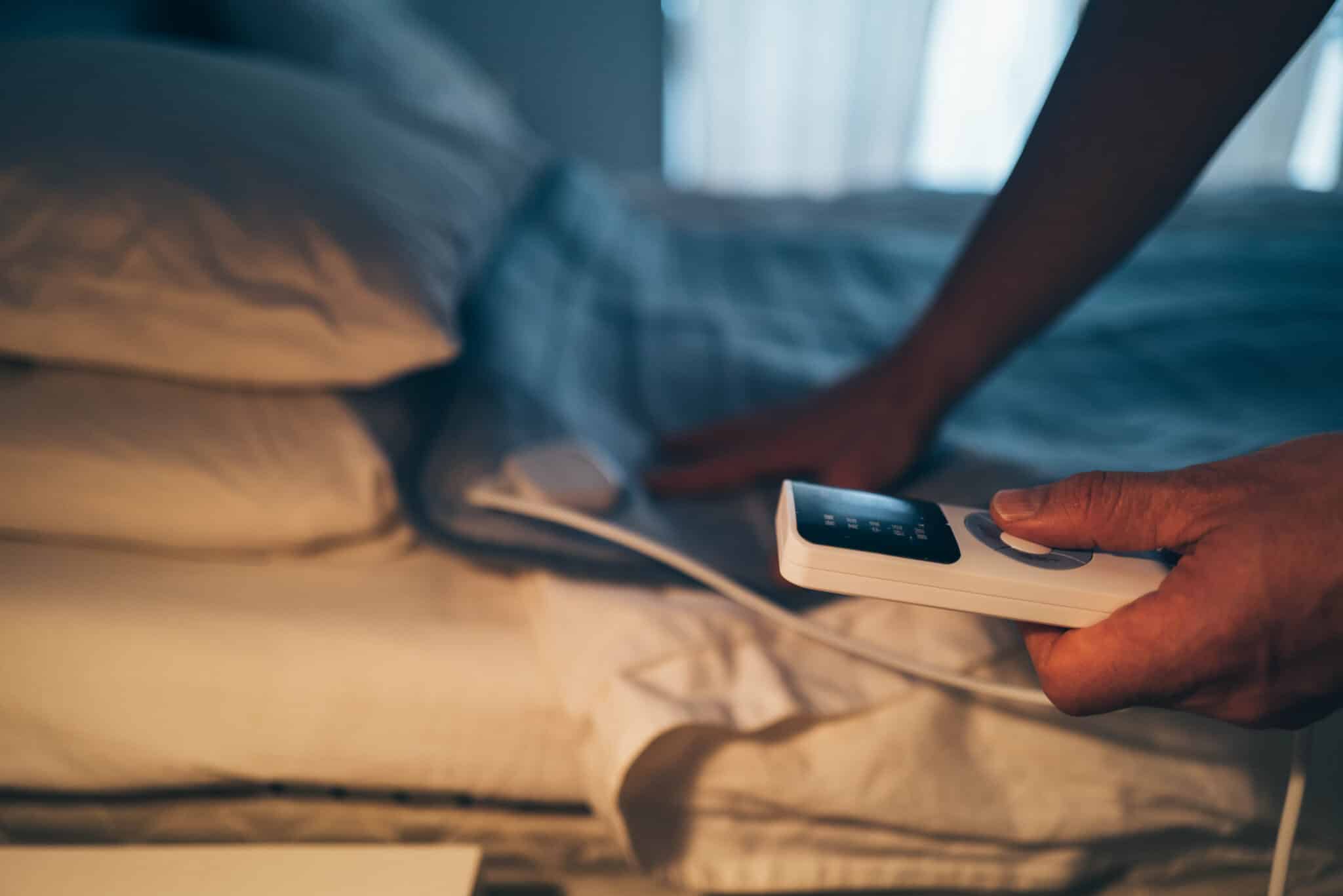Having an integrated home audio system 40 years ago was a really big deal. The fact that homeowners could listen to music or the radio in virtually any room was a luxury. Today, integrating a sound system throughout your home is no longer the exclusive domain of the well-to-do. The democratization afforded by the latest technology means more people can enjoy music, radio and other audio with smart speakers and a system anyone can afford.
What exactly is a smart home audio system?
The fact that we’re discussing a smart home audio system owes a lot to Wi-Fi, Bluetooth and other wireless technology. Originally used for wireless internet connection and hands-free phone use, wireless technology allows users to stream audio and video throughout the home. Smart home audio systems make effective use of Wi-Fi and Bluetooth technology to enable content streaming via a home’s network. With nothing more than a single speaker, users can voice activate their home audio system and instruct it to play music, read an audio book or shop online. Whether control is dictated by voice, smart phone or a stand-alone remote control, the ease-of-use and affordability are the hallmarks of today’s smart home audio systems.
How it works
Prior to widespread use of wireless technology, configuring an integrated audio system required professional installation and the use of dozens – or hundreds – of feet of wires and cables. This is no longer the case. A smart home audio system is just that; smart. In the same way we’ve become accustomed to smart phones, smart thermostats and smart appliances, our home audio systems are also smart. More specifically, setting up a smart home audio system requires nothing more than buying the right kind of speaker for your needs, connecting it to the Internet, downloading the corresponding app to your smart device, syncing the device and you’re done. Individual speakers can also be placed in any room, allowing you to automatically sync audio wherever you happen to be.
Which smart home audio system is right for you?
There are a variety of systems to choose from and typically these decisions are made based on budget, home size, whether a television is part of the network and how one wishes to interact with their device.
Entry level and portable devices
For playing music directly from a smart phone, a speaker that connects to your device through a docking station or via Bluetooth is easy to find. Portable speakers, such as the Bose SoundLink Micro Bluetooth speaker or the JBL Flip 5, are powerful enough to use at home but conveniently small enough to carry to a party or the beach. Each can be purchased for about $100 and are offered in a variety of colors.
Good music for the home
If portability is not a priority, a more robust speaker might be needed. The Sonos One is a small but powerful $200 speaker that allows for easy Bluetooth connectivity to any smart device while also featuring voice control, Apple AirPlay and built-in Amazon Alexa and Google Assistant.
The ultimate in smart home audio
For the ultimate in smart home audio speakers, the Bose Wave SoundTouch wireless music system IV and Denon HEOS 7 both offer a variety of features. Each system allows Wi-Fi or Bluetooth streaming, connectivity with Spotify, Pandora, Amazon Music, SeriusXM, Alexa and Google Assistant. The Bose system also has the capability to play CDs, for those who are nostalgic for the 1990s.
Google Home and Amazon Echo
While Google and Amazon offer smart speakers featuring much of the capability offered by the items mentioned above, these systems offer much more, allowing voice activation that can tap into their respective ecosystems. The Amazon Echo, featuring Alexa virtual assistant, allows for a variety of interactions, especially for Amazon Prime users who may want to shop via voice. The Google Homedevice can easily integrate with other smart devices in the home, such as Philips Hue lightbulbs, a Nest security camera and a Honeywell thermostat. Google and Amazon allow for greater overall home integration above and beyond music and audio.
Home theatre system
Although a bit different than the audio systems described above, incorporating a home theatre system will include a television, preferably a smart TV, and an audio/video (a/v) receiver and amplifier. Such a system can operate the same way a speaker system operates when connected to a home stereo and a might cost anywhere from $500 to more than $3,500. If you aren’t ready to commit to a full-on home theatre system, sounds bars are a great way to amplify the sound of your regular TV. Manufacturers such as Sonos boats a high definition soundbar with their smart, compact and easy-to-setup device.
Setting up a smart home audio system can mean placing a simple speaker on a shelf or integrating elements of your entire home. No matter the choice, achieving smart home audio capability no longer requires a lot of wires and a lot of money.






